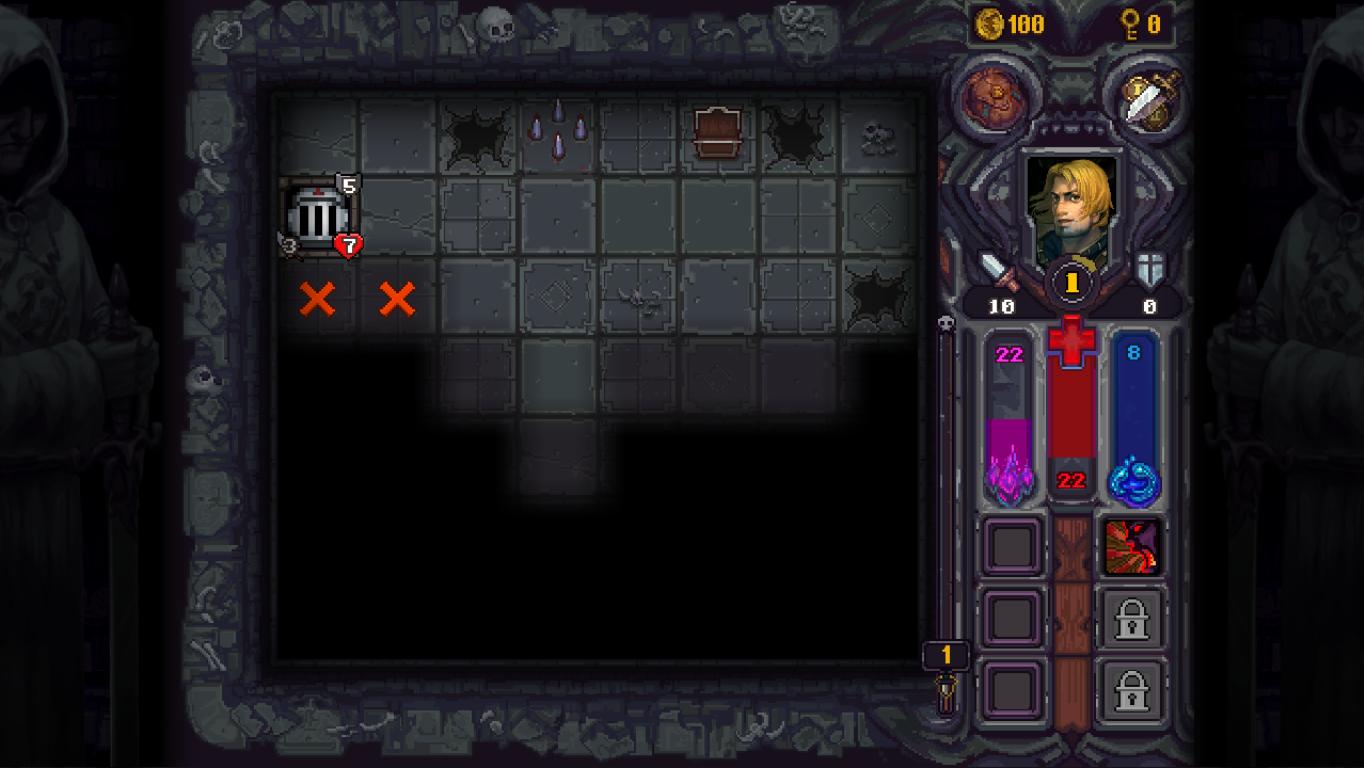


(Photo: Karamell/WikiCommons)Ī few years later, around the year 1000, Leif Eriksson himself set off with a crew of men to try to settle this new land.

Able to withstand heavy seas and carry cargo, yet light enough to portage, these boats allowed the Vikings to reach North America. The Gokstad longship at the Oslo Viking Ship Museum. He was blown off course by westward winds, where, after days lost at sea, he sighted a mysterious new continent-now believed to be the eastern coast of Canada. While it is generally agreed upon that a group of Icelanders erected a seasonal settlement on Newfoundland in the last gasps of the 10 th century (now a World Heritage Site, L’Anse Aux Meadows), there is little consensus about where else the Vikings may have explored.Īccording to the Sagas, Bjarni Herjolfsson set forth from Iceland en route to Greenland.
RUNESTONE KEEPER RUINESTONE CVHAPTER SERIES
Much of the information modern historians have of Norse voyages to North America comes from the Vinland Sagas, which were first committed to writing in the 13 th century. Full of contradictory details and fantastic scenes, the Sagas describe a series of ever-more daring voyages made by intrepid Icelanders that took place in the 9 th and 10 th centuries. (Photo: National Gallery of Norway/Public Domain/WikiCommons)

But it’s highly unlikely they would have used numerals to record the inscription.ġ893 painting, by Christian Krohg, of Leif Eriksson discovering North America. It’s technically possible that members of Eriksson’s party could have learned the Roman system through trade with Germany and other southern European nations. “Liif Iriksson” was written in old Norse-the language spoken at the time-but the date (1001) was recorded in Roman numerals. Unfortunately, this wasn’t the conclusive proof of Norse settlement that Gray hoped it would be. Could Leif Eriksson-celebrated as the first European to step foot on North American soil-really have etched his name into this Massachusetts stone? Once deciphered, the text read, “Liif Iriksson, MI.” Gray thought he had hit the jackpot. (Photo courtesy of the Martha’s Vineyard Gazette) What the professors came back with was certainly interesting–and had the potential to throw three centuries of accepted history on its head.ġ926 photograph of the Runestone. To Gray, the markings seemed to match the profile of medieval Norse runes, so he sent his photos to some experts at Oslo University. Gray, a historian and photographer working on a book about purported Norse voyages to the Eastern Seaboard. Gray made the long trip out to Noman’s Land, and, managed to snap a few shots of the rock and the resplendent markings in question. It was far out of Crane’s expertise to decipher these markings, so he contacted Edward F. Crane identified a large black rock with strange, almost alien-looking markings glinting in the twilight. According to the Weird Massachusetts travel guide, the tide was particularly low that day so that many of the large boulders normally obscured by the water’s edge were sitting high and dry. On a November afternoon in 1926, Joshua Crane, the sole resident of Noman’s Land Island, Massachusetts, spotted something in the open Atlantic Ocean. (Photo: Yale University Press/Public Domain ) A map of Vinland: the first known depiction of the North American coastline.


 0 kommentar(er)
0 kommentar(er)
